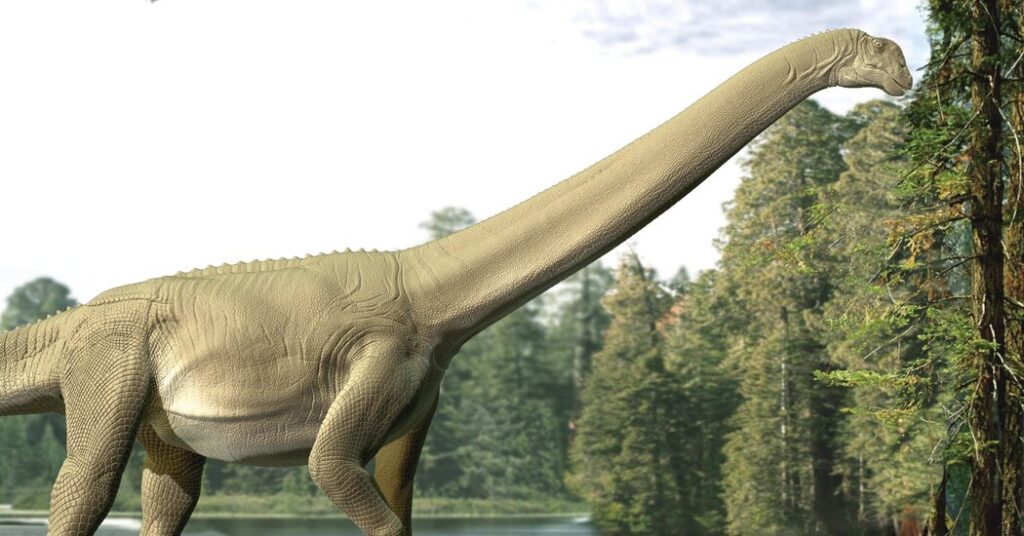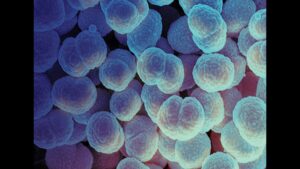
PERTH, AUSTRALIA – In a groundbreaking discovery, paleontologists have found definitive fossil evidence confirming that long-necked sauropod dinosaurs were indeed herbivores.
Breaking: Fossilized Plants Found in Sauropod Remains
For decades, both popular culture and scientific consensus have portrayed sauropods, like the Brachiosaurus and Littlefoot from “The Land Before Time,” as plant-eating giants. However, until now, no concrete fossil evidence existed to support this assumption. The recent discovery of fossilized plants within the remains of a sauropod provides the first direct proof of their herbivorous diet.
Immediate Impact
The study, published in the journal Current Biology, marks a significant milestone in paleontology. It provides what researchers are calling the “smoking gun” of sauropod diets. Stephen Poropat, a paleontologist and deputy director at the Western Australian Organic and Isotope Geochemistry Center at Curtin University, emphasized the importance of this finding.
“It’s the smoking gun, or the steaming guts, as it were — the actual direct evidence in the belly of the beast,” Dr. Poropat stated. “It’s never been found before for a sauropod dinosaur.”
Key Details Emerge
Sauropods roamed the Earth for approximately 130 million years, leaving behind abundant fossils. Despite their prevalence, the lack of direct evidence regarding their diet has puzzled scientists. These dinosaurs had small, peg-like teeth and large bodies, characteristics that suggested a plant-based diet.
“Plants were pretty much the only option,” Dr. Poropat explained, pointing to the anatomical features of sauropods that made them ill-suited for hunting prey.
By the Numbers
- 130 million years: The duration sauropods lived on Earth.
- First direct evidence: Fossilized plants found in a sauropod’s stomach.
- Journal: Study published in Current Biology.
Background Context
This development builds on years of research and speculation about sauropod diets. Previous studies have relied on indirect evidence, such as tooth morphology and comparisons with modern herbivores, to infer dietary habits. The new fossil evidence provides a direct link, confirming long-held theories.
Expert Analysis
Paleontologists are hailing this discovery as a pivotal moment in understanding dinosaur ecology. The presence of fossilized plants in sauropod remains not only confirms their herbivory but also offers insights into the ecosystems they inhabited.
“This discovery opens new avenues for research into the dietary habits and ecological roles of sauropods,” said Dr. Poropat. “It provides a clearer picture of how these giants interacted with their environment.”
What Comes Next
The timing is particularly significant because it coincides with advancements in paleontological techniques, allowing for more detailed examinations of fossilized remains. Researchers are hopeful that similar discoveries will follow, shedding further light on the diets of other dinosaur species.
Meanwhile, industry experts warn that this finding could reshape current understanding of Mesozoic ecosystems, prompting a reevaluation of how herbivorous dinosaurs coexisted with other species.
As scientists continue to explore the implications of this discovery, the fossilized plants in the sauropod’s stomach stand as a testament to the enduring mysteries of the prehistoric world.







